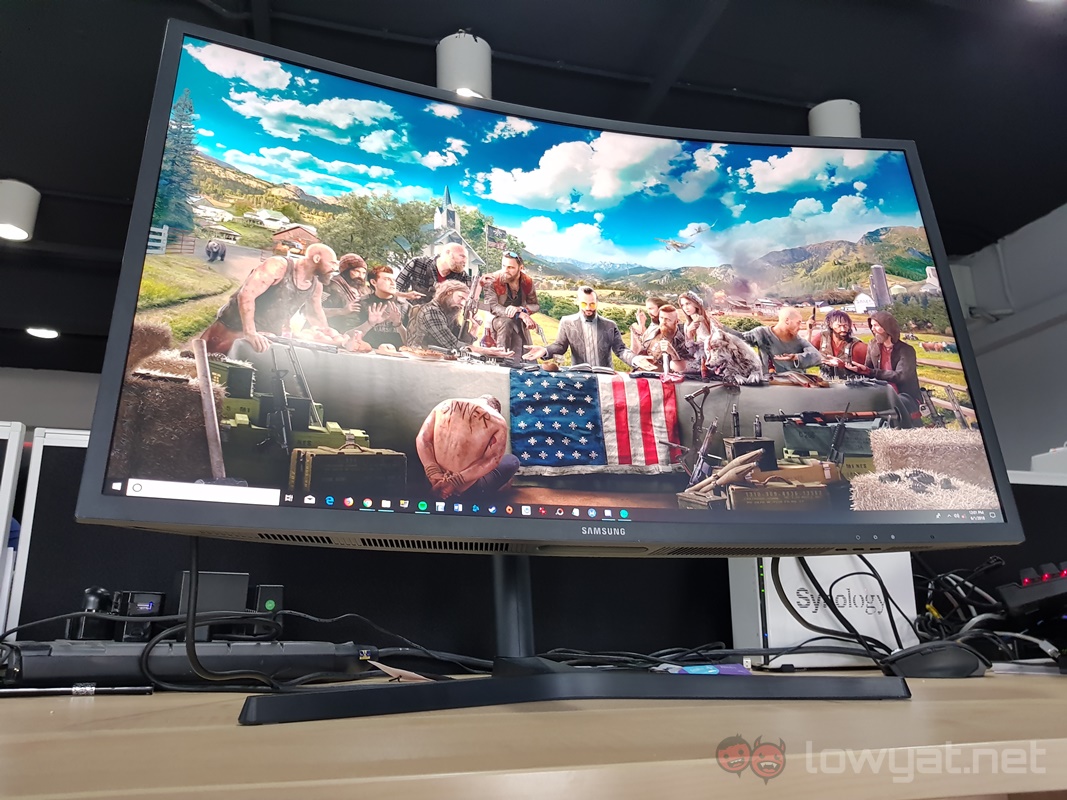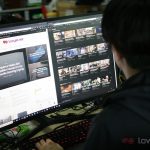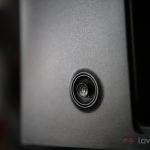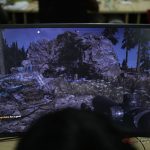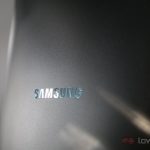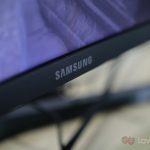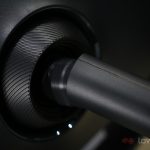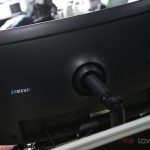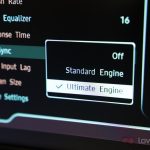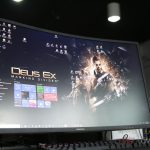Samsung is no stranger in the gaming monitor industry. To that end, it recently launched the new C32HG70 gaming monitor. Featuring a curved display, Samsung’s proprietary Quantum Dot display technology, a high 144Hz refresh rate, and support for AMD FreeSync 2 technology, there’s a lot to love about this gaming monitor.
But the question is: do these feature enhance both the experience and performance of the C32HG70? Let’s find out.
What Is It?
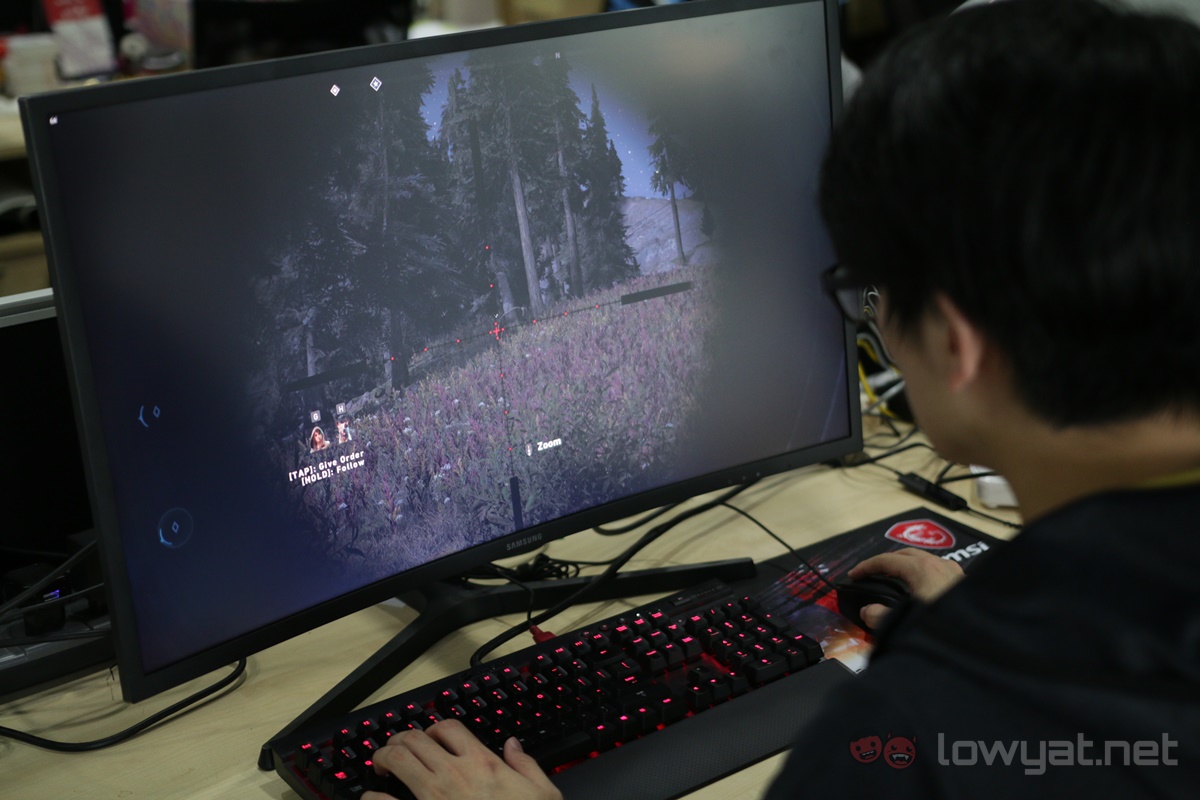
As mentioned, the Samsung C32HG70 is a curved gaming monitor with a standard curvature gradient of 1800R. The display is a QLED panel that measures in at 32-inch, and has a maximum resolution of 2560 x 1440 pixel. To note, the display isn’t an ultrawide gaming monitor, and therefore, it still utilises the standard 16:9 ratio instead of 21:9. To sweeten the pot, the C32HG70 also has a high 144Hz refresh rate and fast 1ms response time.
More importantly, the C32HG70 is also an HDR monitor with a VA panel, which means that it can reproduce a greater colour and luminosity range, allowing for a richer and more impactful viewing experience.
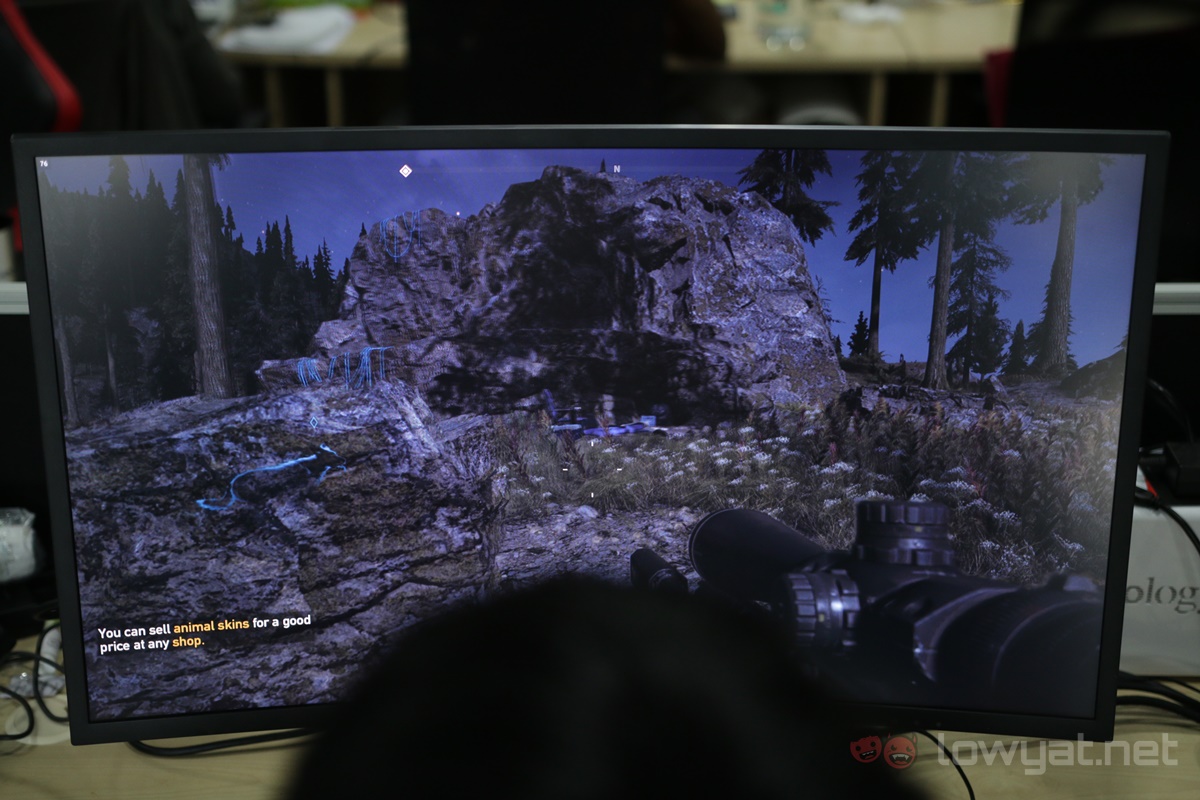
The design of the C32HG70 is also unique: instead of the standard base and neck, it uses a ball-joint design that is supported by a relatively heavy three-prong star-shaped base. Surprisingly, the display can actually be rotated from landscape to portrait mode, but only from the right side.
Is It Any Good?
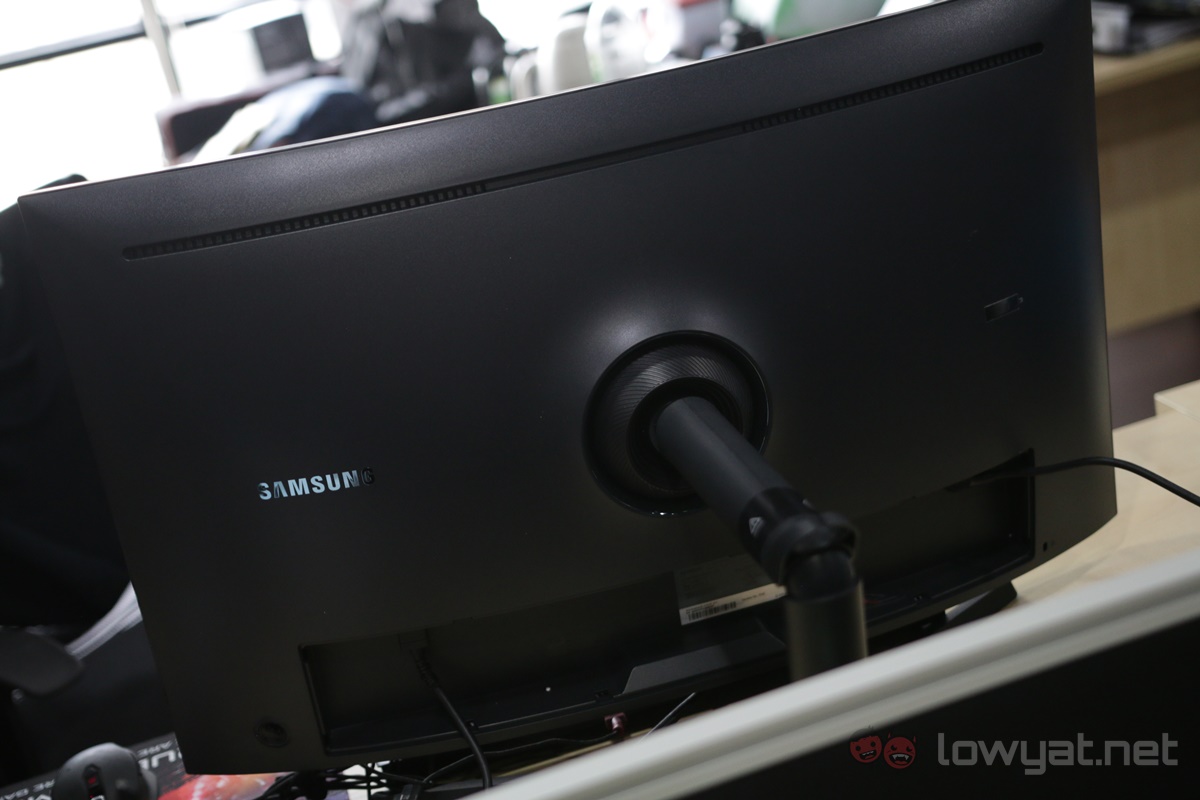
To state the obvious, the C32HG70 is aimed specifically towards the PC gaming enthusiasts looking to go beyond the realm of Full HD (1920 x 1080) gaming, but not quite into the realm of 4K (3840 x 2160) displays just yet. The fact that it’s curved also means that the level of immersion is a lot greater than a standard 27-inch non-curved gaming monitor.
The C32HG70 is also powered by AMD’s FreeSync 2 anti-tearing technology, pairing it with an accompanying AMD Radeon GPU (in our case, it’s a Radeon RX Vega 64) meant that we could enjoy a screen tear-free experience without having to turn on the in-game V-Sync. Further, the monitor has two FreeSync 2 settings to choose from: Standard Engine and Ultimate Engine.
Couple that feature with the monitor’s 144Hz refresh rate and 1ms response time, and what we get is a very smooth, very responsive gameplay experience with Far Cry 5.
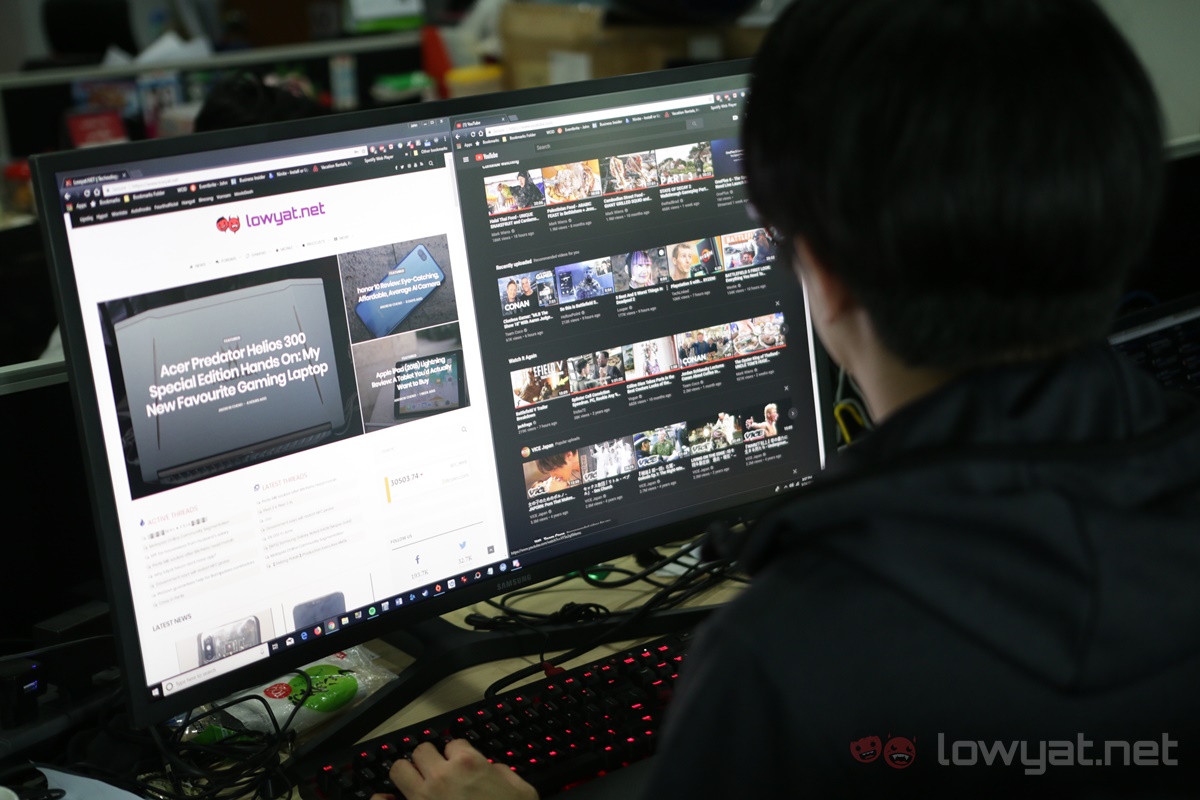
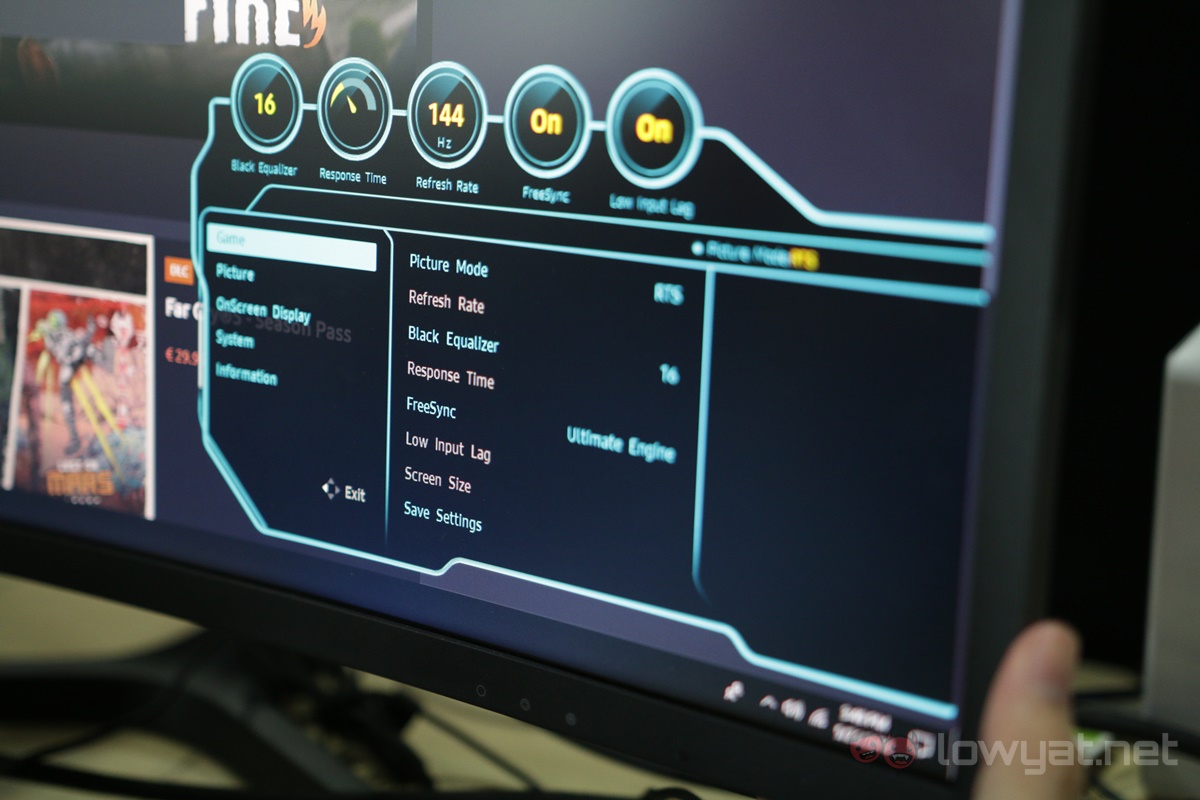
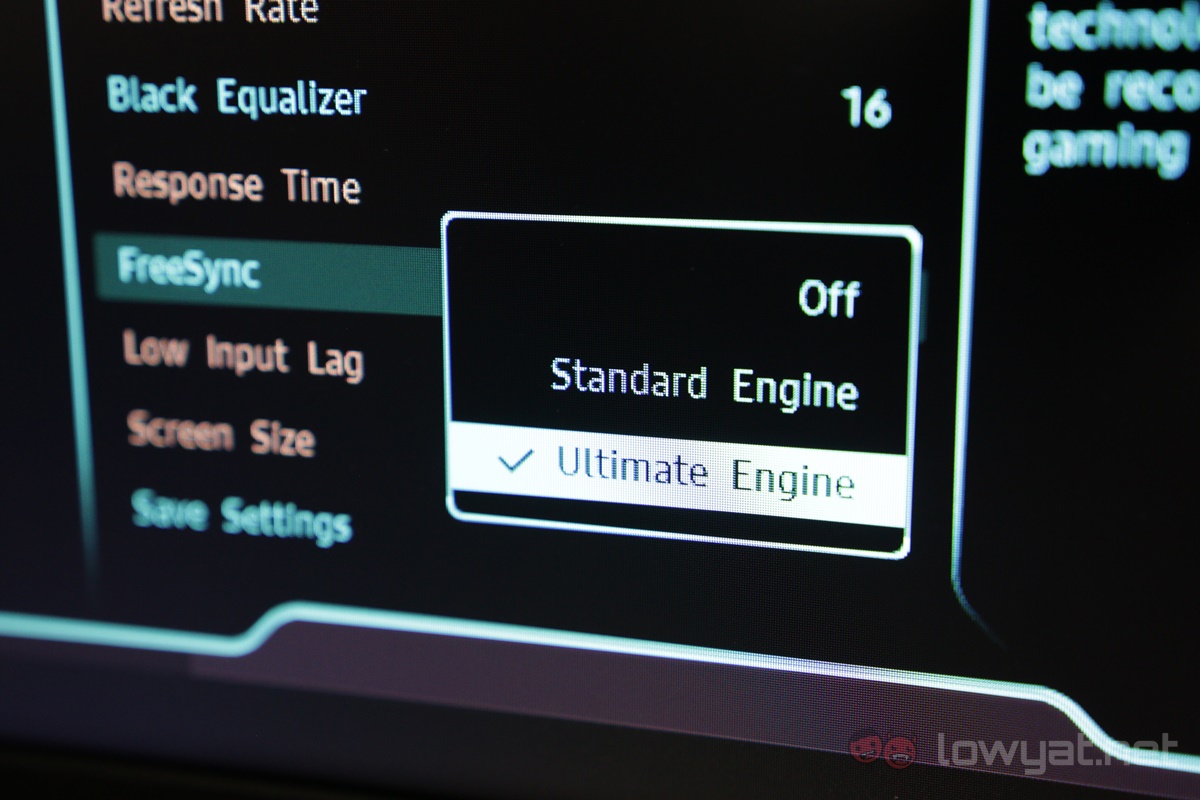
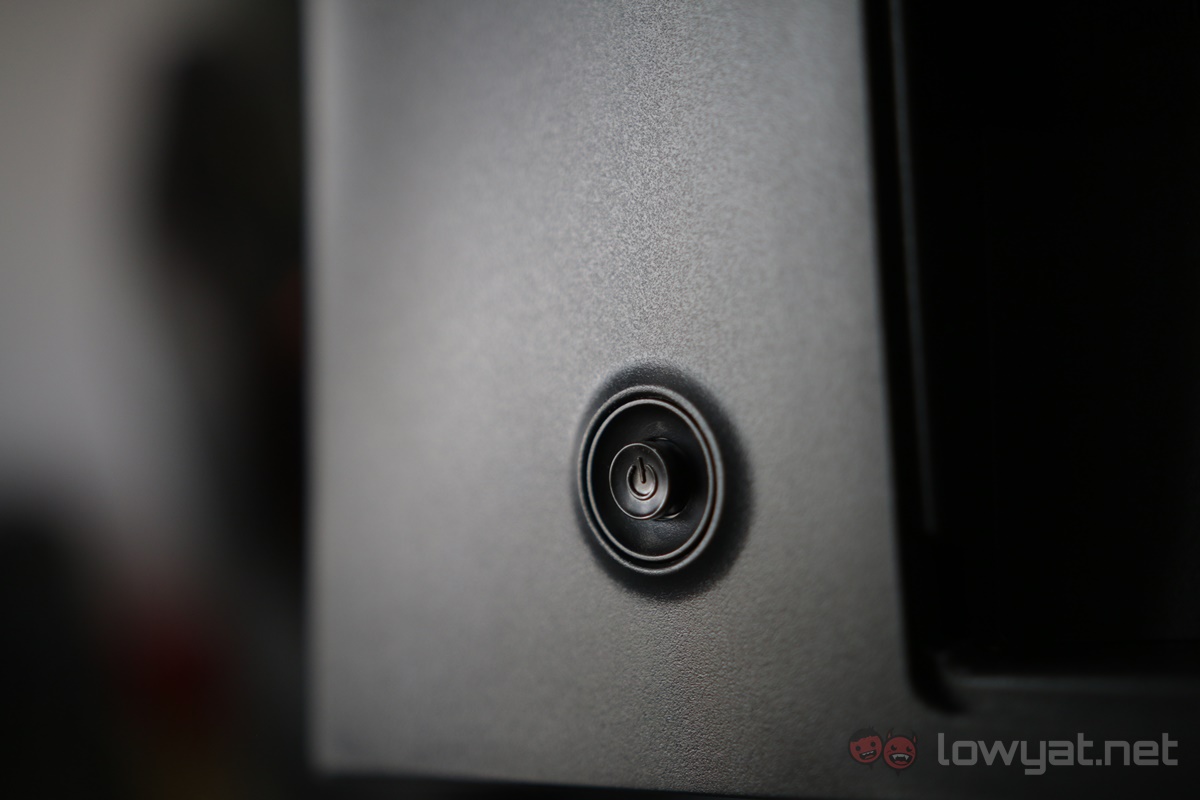
Also, despite its curved nature and VA panel, the C32HG70 shows no signs of washing out from the sides. Viewing angles are equally as impressive: regardless of the angle I viewed the screen, I could still read or see the subject that is being displayed.
The Bad Stuff. Tell Me.

While the C32HG70 is great as a gaming monitor, there are some caveats. For starters, the colour reproduction on the QLED display felt a little oversaturated. Sure, it does makes colours really pop, but more often than not, it tends to diminish the overall visual experience.
And then there’s the HDR mode. When we turned on the HDR mode on Far Cry 5, there were moments where the screen would suddenly be overlaid with a grey layer. This made the game look somewhat washed out, but again, this glitch didn’t manifest often enough to be a legitimate concern – it’s worth mentioning nonetheless.

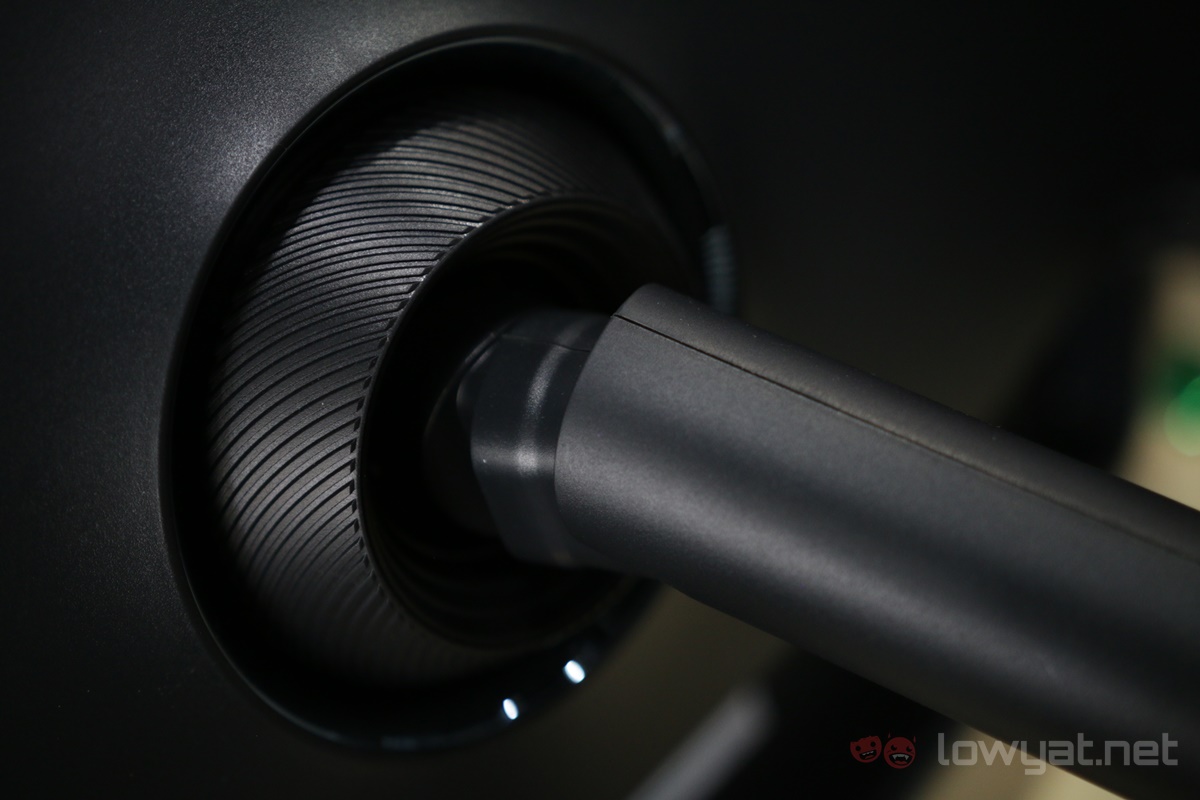
My biggest gripe with the C32HG70 though, falls in Samsung’s decision to employ a ball-joint design for its neck. Due to its angular design, it’s clear that the monitor requires a lot of open space, and nothing behind it. For those with desks that do not have much back clearance, be wary that there may not be enough room to maneuver or adjust the display in the angle that you desire.
Should I Buy It?
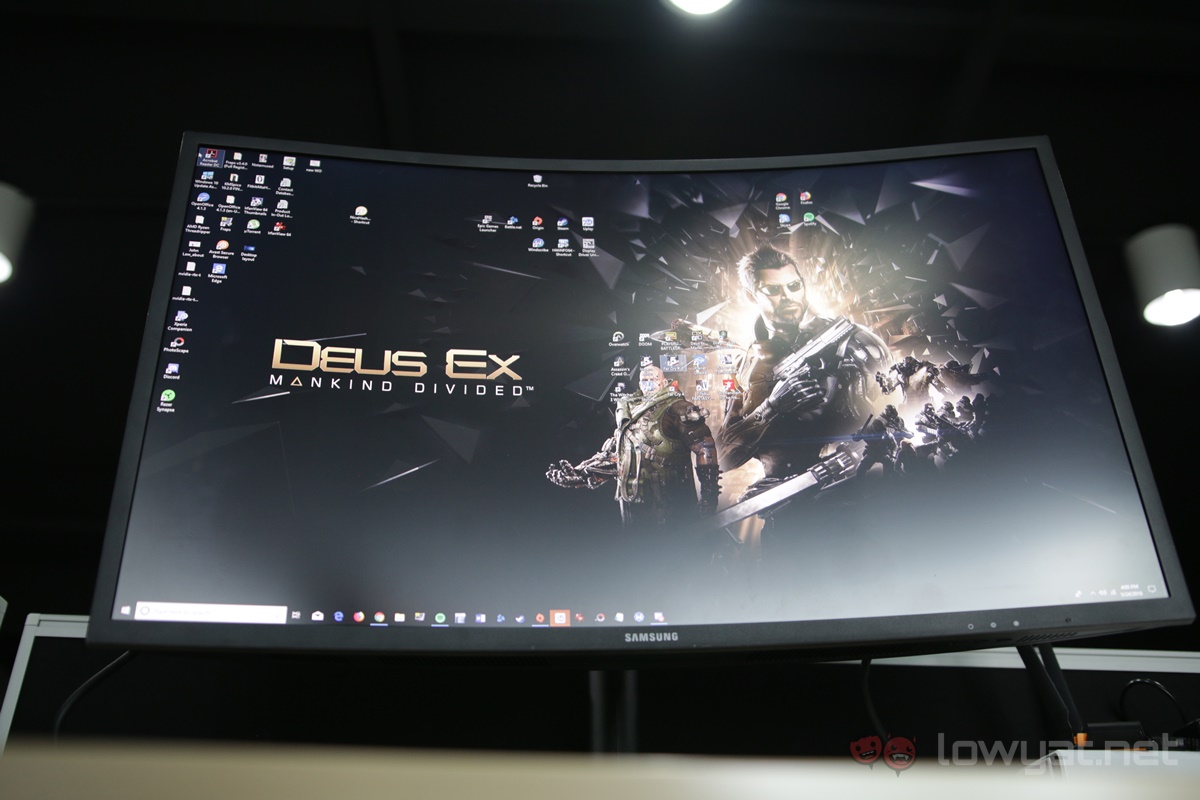
At US$699 (~RM2,785), the Samsung C32HG70 isn’t what you would describe as affordable, but it’s also not the most expensive 1440p curved gaming monitor in the current market. At 32-inch, it offers decent bang for your buck, especially since it comes with a 144Hz refresh rate, 1ms response time, HDR support, and AMD’s FreeSync 2 technology.
If you’ve got an AMD Radeon-powered PC and an open desk with a lot of space, then the C32HG70 is definitely a worthwhile consideration. That is, if you can find one in Malaysia – it’s not officially available here yet.
Photography by Soh Li Jin and Leon Lam.
Follow us on Instagram, Facebook, Twitter or Telegram for more updates and breaking news.


